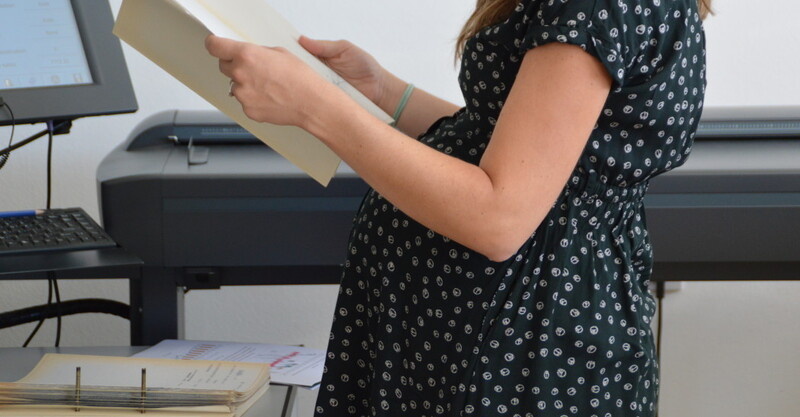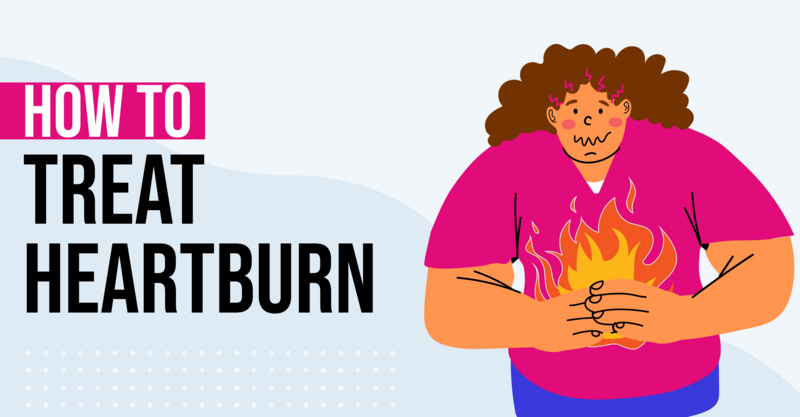Key Points
- A back X-ray, or spinal X-ray, is a diagnostic tool used to identify or rule out conditions like fractures, arthritis, vertebrae slippage, tumors, scoliosis, and congenital spine abnormalities.
- The spine is divided into five areas: cervical, thoracic, lumbar, sacrum, and coccyx, and an X-ray usually focuses on one of these areas.
- Lower back pain, often resulting from muscle strains, cannot be diagnosed using a back X-ray.
- X-rays are quick and require minimal preparation, making them a convenient diagnostic method.
- Pregnant individuals should inform their medical provider before undergoing an X-ray due to potential risks.
A back X-ray, also called a spinal X-ray, is typically performed to diagnose or rule out a range of conditions, including back or neck fractures, arthritis, spondylolisthesis (also referred to as “slipping” of vertebrae), tumors, scoliosis, or congenital abnormalities of the spine. It should be noted that lower back pain is typically caused from strains of the lower back muscles, which cannot be diagnosed using an X-ray.
The spine is made up of 33 individual vertebrae which are separated by spongy disks. If you’re ordered a back X-ray, it will typically only be of one part of the back, or spine. And the spine is made up of five different areas, which, from top to bottom, include the:
- Cervical area – This area is actually in your neck, but it is the beginning part of the spine, made up of seven vertebrae.
- Thoracic area – The largest area of the spine, the thoracic spine is composed of 12 vertebrae.
- Lumbar area – Located in the lower back, this area consists of five vertebrae.
- Sacrum – This area is composed of five fused, small vertebrae.
- Coccyx – More commonly referred to as the tailbone, this area of the spine is made up of four vertebrae fused together to made up one bone.
X-rays are fast, convenient, and virtually take no preparation from the patient. However, if you are pregnant or suspect you may be pregnant, be sure to tell the radiologist or medical provider prior to the X-ray being taken.
Frequently asked questions
What conditions can a back X-ray diagnose?
A back X-ray can diagnose conditions such as fractures, arthritis, vertebrae slippage, tumors, scoliosis, and congenital spine abnormalities.Can a back X-ray diagnose all types of back pain?
No, a back X-ray cannot diagnose all types of back pain. For instance, it cannot diagnose pain caused by strains in the lower back muscles.What parts of the spine are examined in a back X-ray?
A back X-ray usually focuses on one of the five areas of the spine: the cervical (neck), thoracic (largest part), lumbar (lower back), sacrum (five fused small vertebrae), or coccyx (tailbone).How long does a back X-ray procedure take?
A back X-ray is a fast procedure, taking only a few minutes in most cases.What preparation is required for a back X-ray?
Minimal preparation is required for a back X-ray, making it a convenient diagnostic method.Is a back X-ray safe for pregnant individuals?
Pregnant individuals should always inform their medical provider before undergoing an X-ray, as there may be potential risks to the fetus.Can a back X-ray detect tumors?
Yes, a back X-ray can help identify the presence of tumors in the spine.Can a back X-ray diagnose congenital spine abnormalities?
Yes, a back X-ray can be used to identify congenital abnormalities of the spine.









